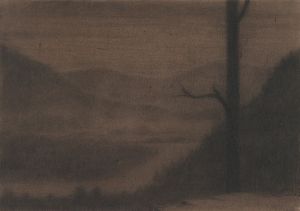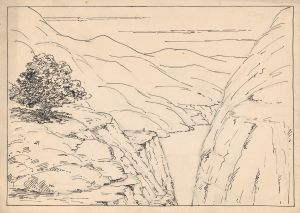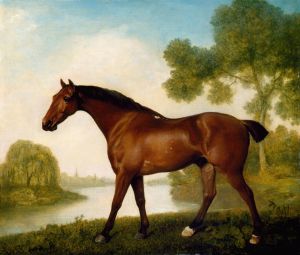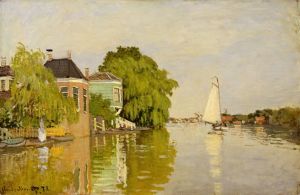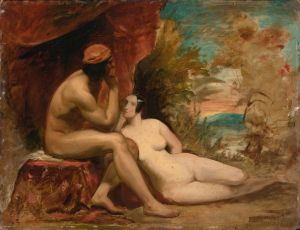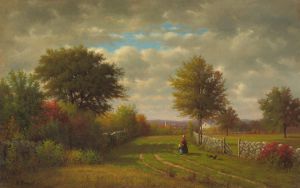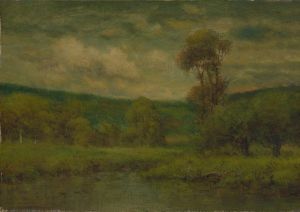
The Wood Chopper
A hand-painted replica of George Inness’s masterpiece The Wood Chopper, meticulously crafted by professional artists to capture the true essence of the original. Each piece is created with museum-quality canvas and rare mineral pigments, carefully painted by experienced artists with delicate brushstrokes and rich, layered colors to perfectly recreate the texture of the original artwork. Unlike machine-printed reproductions, this hand-painted version brings the painting to life, infused with the artist’s emotions and skill in every stroke. Whether for personal collection or home decoration, it instantly elevates the artistic atmosphere of any space.
George Inness, an influential American landscape painter, created "The Wood Chopper" in 1858. Known for his evocative and atmospheric landscapes, Inness was a pivotal figure in the development of American art in the 19th century. His work often reflects the philosophical and spiritual ideas that were prevalent during his time, particularly those related to the Hudson River School and later, the Barbizon School of France.
"The Wood Chopper" is a testament to Inness's ability to capture the serene beauty of the American landscape while also imbuing it with a sense of the sublime. The painting depicts a solitary figure engaged in the act of chopping wood, set against a backdrop of lush, verdant forest. This composition highlights Inness's skillful use of light and shadow to create depth and mood, drawing the viewer into the tranquil yet dynamic scene.
Inness's approach to landscape painting was heavily influenced by the philosophical teachings of Emanuel Swedenborg, a Swedish theologian whose ideas about the spiritual world resonated with Inness. This influence is evident in "The Wood Chopper," where the natural environment is not merely a backdrop but a living entity that interacts with the human figure. The painting suggests a harmonious relationship between man and nature, a theme that Inness explored throughout his career.
During the time "The Wood Chopper" was painted, Inness was transitioning from the detailed, realistic style of the Hudson River School to a more expressive and atmospheric approach. This shift is evident in the looser brushwork and softer edges that characterize the painting, elements that would become more pronounced in his later works. Inness's evolving style reflected his desire to capture not just the physical appearance of a landscape but its emotional and spiritual essence.
"The Wood Chopper" is also notable for its composition and use of color. Inness employs a palette of earthy tones and muted greens, creating a sense of harmony and balance within the scene. The positioning of the wood chopper within the landscape draws the viewer's eye into the depths of the forest, inviting contemplation of the natural world and humanity's place within it.
Throughout his career, Inness was celebrated for his ability to convey the beauty and mystery of the American landscape. His work, including "The Wood Chopper," has been praised for its innovative approach to composition and its ability to evoke a sense of peace and introspection. Today, Inness is regarded as one of the foremost American landscape painters, and his paintings continue to be studied and admired for their artistic and philosophical depth.
"The Wood Chopper" remains an important example of Inness's early work, illustrating his transition from traditional landscape painting to a more personal and expressive style. It captures a moment of quiet industry within the vastness of nature, reflecting Inness's belief in the interconnectedness of all things. This painting, like much of Inness's oeuvre, invites viewers to look beyond the surface and consider the deeper meanings inherent in the natural world.







